Chemical peeling
One of the effective methods of facial skin rejuvenation, which has been used in cosmetology for over a hundred years, is professional chemical peeling. The procedure involves the controlled action of acids on the upper layer of the skin - the epidermis. As a result, dead cells are removed and the production of collagen is stimulated - an important protein for skin elasticity. Scientific data confirms that regular use of chemical peels significantly improves the condition of the facial skin, smoothes wrinkles and reduces pigmentation. Modern products include mixtures of acids, vitamins and natural extracts, which helps to simultaneously solve several cosmetic problems.

specialists

equipment

treatment
Types of chemical peels
Acidic compositions differ in the intensity of action and types of active substances. Below is a table that describes the main types of peels:
| Type of peeling | Active substances | Depth of action | Main indications |
|---|---|---|---|
| Superficial | AHA (glycolic, lactic, mandelic acids), BHA (salicylic acid) | Superficial layer of the skin | Breakouts, enlarged pores, unhealthy complexion |
| Medium | TCA (trichloroacetic acid), Jessner peel | Part of the epidermis reaching the basement membrane | Fine folds, pigmentation, post-acne scars |
| Deep | Phenol solution | Deep layers of the dermis | Deep wrinkles, pronounced signs of photoaging and scars |
The deeper layers of the skin involved in peeling, the longer tissue restoration takes.
General information
Advantages of peeling in the clinic "K+31"
The K+31 Clinic offers a number of important advantages when performing professional peels:
- Experienced specialists. The clinic employs highly qualified doctors, as well as candidates and doctors of medical sciences with many years of practice
- Modern equipment. The medical center is equipped with advanced equipment from leading global manufacturers from countries such as Germany, Japan and Great Britain
- Variety of compositions. The clinic offers various types of peels - from superficial to deep, which allows solving a wide range of aesthetic problems
- Safety of procedures. The presence of an intensive care unit guarantees additional safety when performing complex cosmetic manipulations
- Comfortable conditions. The clinic provides the opportunity to undergo a comprehensive examination in 1-2 days in a comfortable and cozy environment
All departments of the clinic are united into a single medical information system, which allows instant access to any records and examination results.
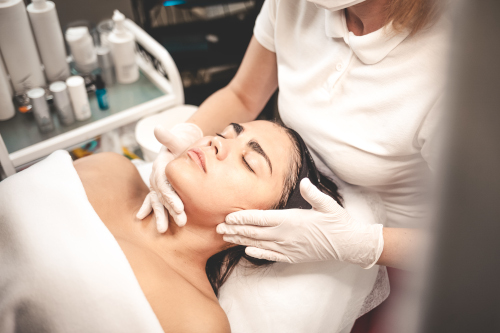
Answers to popular questions
Experts from the K+31 clinic (Moscow) answered frequently asked questions about chemical exfoliation.
What are the possible side effects of chemical peeling?
Doctor, dermatologist-cosmetologist — “After chemical peeling, the skin of the face most often turns red and begins to peel. This is a normal reaction that goes away after a few days. In some cases, slight swelling is possible, especially if the peeling was deep. It should be taken into account that after the procedure, the skin becomes more sensitive for 2-3 weeks.”
Professor, plastic surgeon — “Serious complications after peeling are extremely rare — less than 0.1% of cases. Such complications may include excessive pigmentation, infectious inflammation, or scarring. The risk is higher in people with a darker color type.”
Can chemical peeling be combined with other cosmetic procedures?
Doctor, cosmetologist — “Peeling can be successfully combined with other facial care methods, but it is important to observe intervals between procedures. For example, mesotherapy can be performed 5-7 days after light peeling. Biorevitalization procedure - after 2 weeks. Laser manipulations are best planned 2-4 weeks before or after peeling. If you choose the right time, the complex of procedures will give the best rejuvenating result for the skin."

About the Department of Aesthetic Medicine K+31

This award is given to clinics with the highest ratings according to user ratings, a large number of requests from this site, and in the absence of critical violations.

This award is given to clinics with the highest ratings according to user ratings. It means that the place is known, loved, and definitely worth visiting.

The ProDoctors portal collected 500 thousand reviews, compiled a rating of doctors based on them and awarded the best. We are proud that our doctors are among those awarded.
Make an appointment at a convenient time on the nearest date
Price
Other services






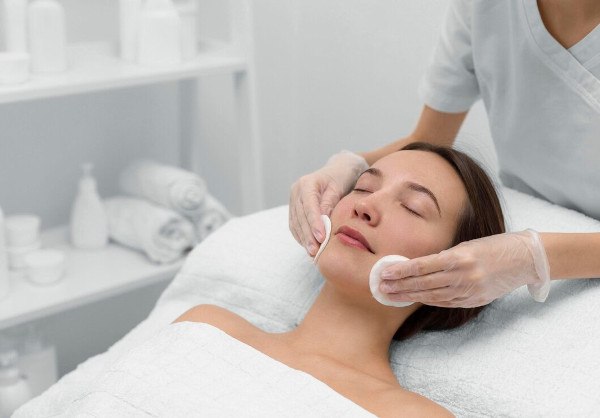
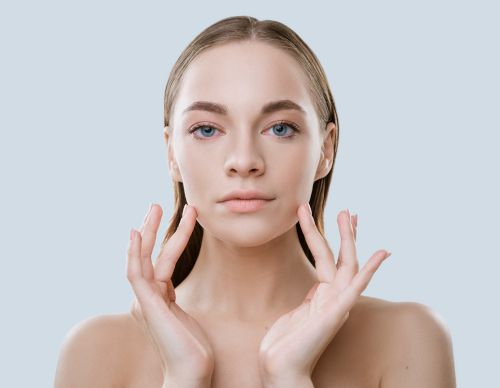

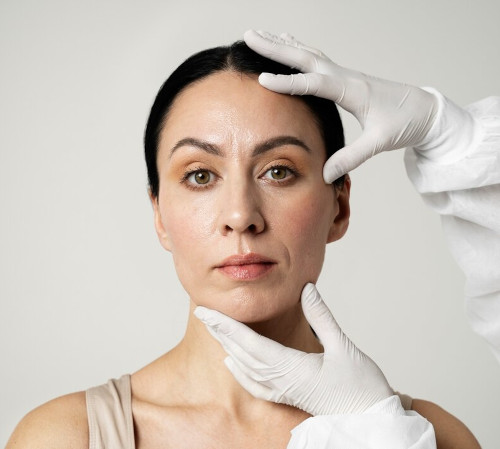


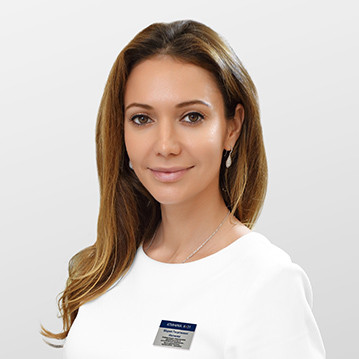

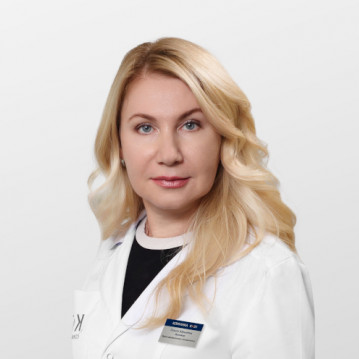




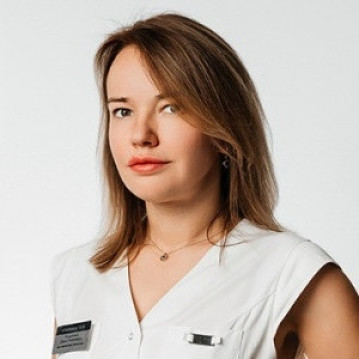



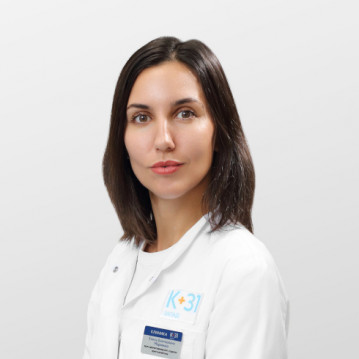
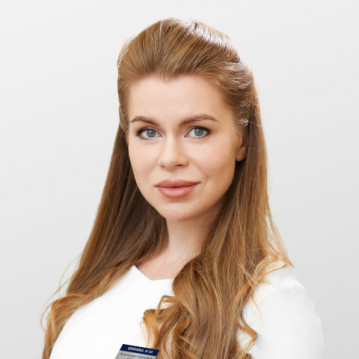
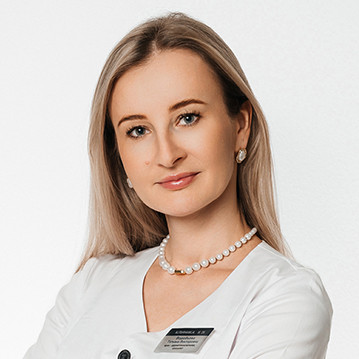

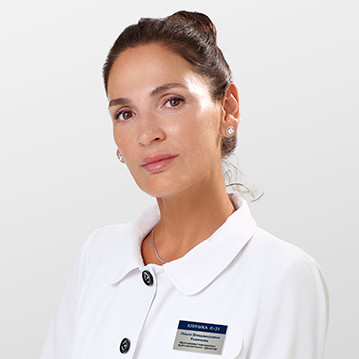
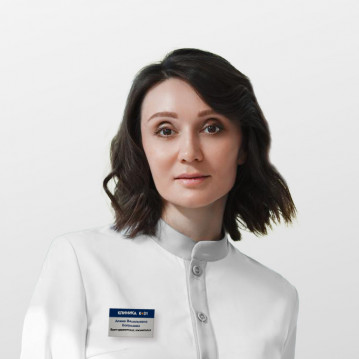

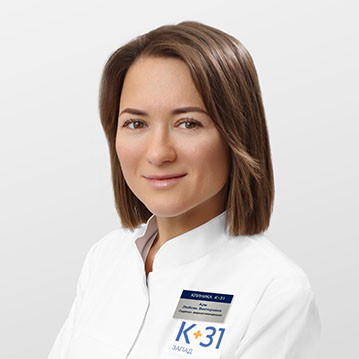

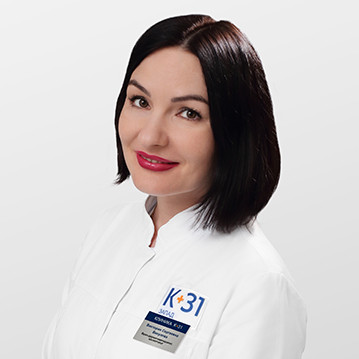
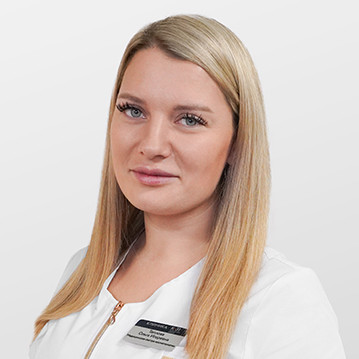

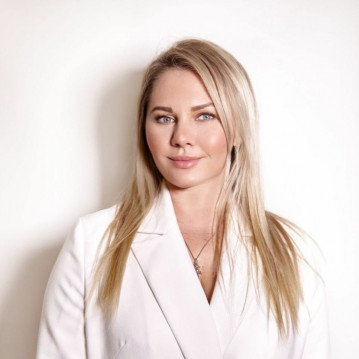


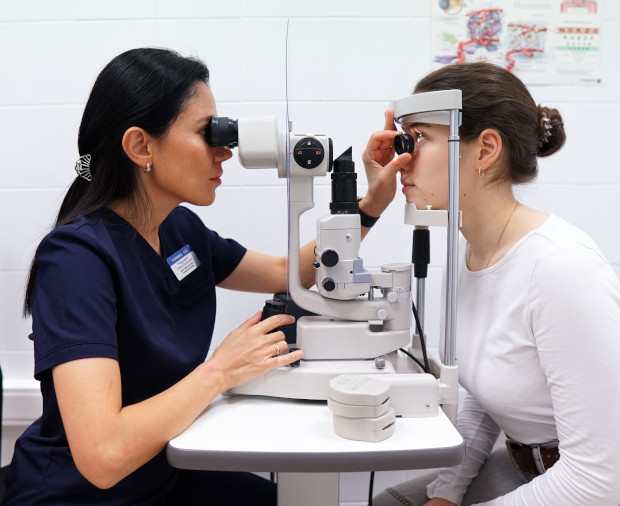


What is a chemical peel?
A cosmetic procedure aimed at the controlled removal of the surface layers of the skin using special chemical agents. The essence of chemical facial peeling is the application of acid or alkali solutions that break the intercellular bonds in the upper part of the skin - the epidermis.
The main components used in chemical exfoliation:
The depth of exfoliation depends on the type and concentration of the substance used, as well as the time of its exposure to the skin. There are three types of peeling: superficial, medium and deep.